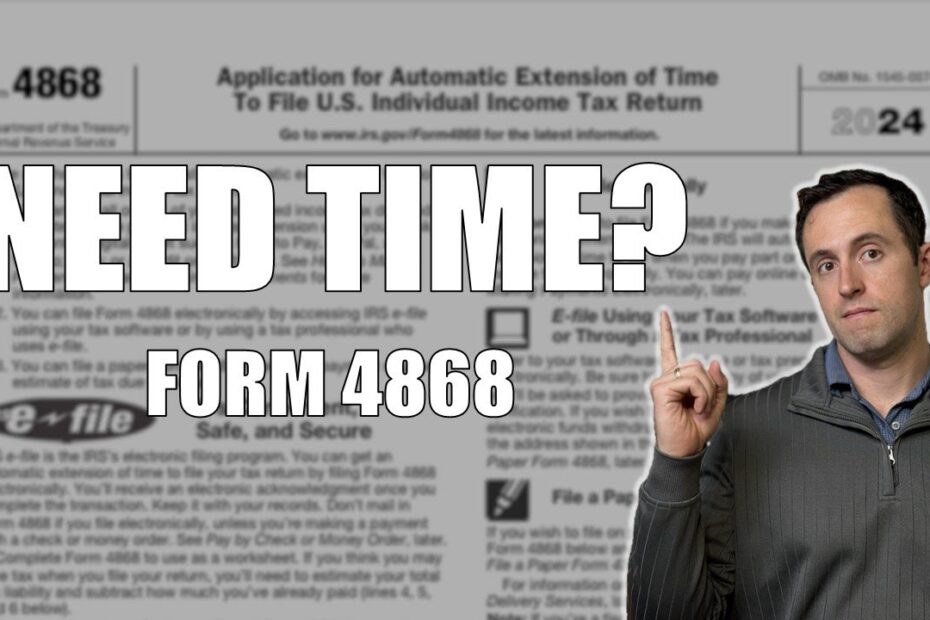Why Filing a Tax Extension Might Not Be the Best Option for You
While filing a tax extension can provide temporary relief by giving you more time to submit your tax return, it may not always be the best choice for your financial situation. One of the biggest drawbacks is that an extension does not grant you extra time to pay any taxes owed. If you fail to pay your tax liability by the original deadline, you could face penalties and interest charges, which can add up quickly and create additional financial stress.
Potential for Increased Scrutiny
Filing an extension might also increase the likelihood of your return being flagged for review by the IRS. While extensions are common and not inherently suspicious, they can sometimes draw attention if there are discrepancies or inconsistencies in your filing. This could lead to audits or further inquiries, which can be time-consuming and stressful to navigate.
Additionally, procrastination can lead to rushed decisions when you finally do file your return. If you use the extension period to delay rather than prepare, you may miss out on deductions or credits you’re entitled to, or make errors that could trigger penalties. Properly organizing your financial information and filing on time often ensures a smoother and more accurate process.
Impact on Financial Planning
Filing an extension can also disrupt your financial planning. If you’re waiting to file your taxes, you may delay important financial decisions, such as applying for loans or mortgages, which often require up-to-date tax returns. This can hinder your ability to move forward with personal or business goals in a timely manner.
Step-by-Step Guide to Filing a Tax Extension (And Why You Should Think Twice)
Filing a tax extension can provide extra time to prepare your tax return, but it’s important to understand the process and potential drawbacks. To file an extension, you’ll need to submit IRS Form 4868 by the original tax deadline, typically April 15th. This form can be filed electronically through tax software, the IRS Free File program, or by mailing a paper form. Be sure to estimate your tax liability accurately, as failing to pay what you owe by the deadline could result in penalties and interest.
What to Consider Before Filing an Extension
While an extension grants you an additional six months to file your return, it does not extend the deadline for paying any taxes owed. If you anticipate owing money, it’s crucial to make a payment with your extension request to avoid penalties. Additionally, filing an extension may delay your refund if you’re expecting one, as the IRS cannot process refunds until your return is submitted.
Steps to File a Tax Extension
- Estimate your tax liability: Use your income, deductions, and credits to calculate how much you owe.
- Submit Form 4868: File electronically or by mail before the original tax deadline.
- Make a payment: If you owe taxes, pay as much as possible to minimize penalties and interest.
- File your return by the extended deadline: The new deadline is typically October 15th.
Before opting for an extension, evaluate whether the extra time is truly necessary. While it can be helpful for complex tax situations, procrastination or disorganization may lead to unnecessary stress and financial consequences. Always weigh the benefits against the potential risks to make an informed decision.
